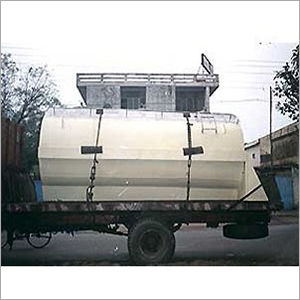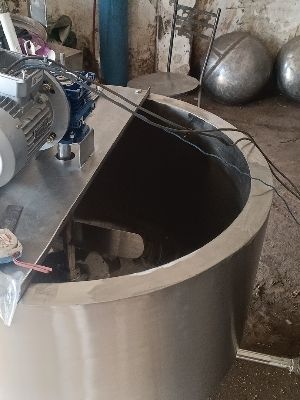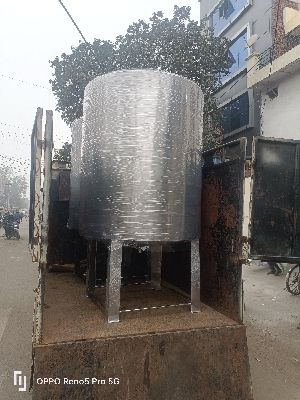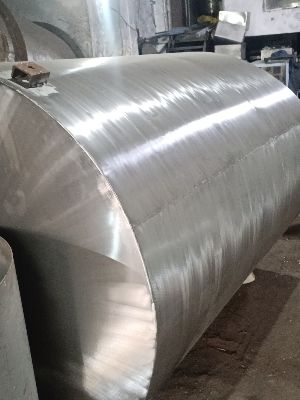Milk Transportation Tanker
Milk Transportation Tanker Specification
- Product Type
- Milk Transportation Tanker
- General Use
- INdustrial
- Material
- Stainless Steel
- Automatic
- Yes
- Control System
- PLC Control
- Cooling Mode
- Air Cooling
- Color
- Sliver
Milk Transportation Tanker Trade Information
- Minimum Order Quantity
- 1 Piece
- Supply Ability
- 100 Pieces Per Week
- Delivery Time
- 1 Week
- Main Export Market(s)
- Asia, Australia, Central America, North America, South America, Eastern Europe, Western Europe, Africa
- Main Domestic Market
- All India
About Milk Transportation Tanker
A specialised vehicle used to move milk from dairy farms to processing facilities or other locations is called a milk transportation tanker. These tankers are made to assure the safe, hygienic, and timely delivery of milk while preserving its freshness and quality.
The following are some characteristics and elements of milk delivery tankers:
1. Tank Design: Food-grade stainless steel is often used in milk tanker construction to ensure cleanliness, corrosion resistance, and contamination prevention.
2. Insulation: Milk is transported in tankers with insulation to maintain the milk's temperature, retain its quality, and stop spoiling.
3. Capacity: To accept varying milk amounts, milk tankers are available in a range of sizes and capacities, from smaller ones for local delivery to bigger ones for long-distance transportation.
4. Pumping System: Tankers are equipped with a pumping system to make it easier to load and unload milk while maintaining high standards of quality.
5. Milk tankers must follow to safety and hygiene regulations, which include features like secure closure mechanisms, smooth internal surfaces for simple cleaning, and cross-contamination prevention techniques.
6. Tankers are made to comply with legal criteria for transporting milk, including safety and health standards, traffic laws, and hygienic guidelines.
7. Monitoring and tracking: Some milk tankers have tracking systems installed to keep tabs on their whereabouts and guarantee on-time delivery.
By carrying milk from farms to processing plants securely, milk transportation tankers play a crucial role in the dairy sector. Their attributes, including stainless steel structure, insulation, capacity options, and adherence to hygiene and safety regulations, aid in maintaining milk quality and guaranteeing its freshness when it reaches the target location.
Specification
|
Brand |
Steel Craft |
|
Tank Orientation |
Horizontal |
|
Material |
Stainless Steel |
|
Usage/Application |
Milk Supply |
|
Shape |
Round |


Price:
- 50
- 100
- 200
- 250
- 500
- 1000+
More Products in Dairy Products Machinery Category
Ghee Plants
Price 2500000.00 INR / Ton
Minimum Order Quantity : 1 Quintal
Material : Stainless Steel
Product Type : Dairy plant
Color : Stainless Steel
General Use : Commercial use
Milk Processing Plant
Price 25000.00 INR / Piece
Minimum Order Quantity : 1 Number
Material : Stainless Steel
Product Type : Equipment
Color : Dairy colour
General Use : Industrial
Stainless Steel Milk Storage silos
Price 120000.00 INR / Piece
Minimum Order Quantity : 1 Piece
Material : Stainless Steel
Product Type : Storage tank
Color : Stainless Steel
General Use : For Liquid Storagr
Pasteurized Milk Packing plant
Price 1000000.00 INR / Unit
Minimum Order Quantity : 1 Number
Material : Other
Product Type : Machine
Color : Stainless Steel
General Use : Industrial








 Send Inquiry
Send Inquiry Send SMS
Send SMS